
PORT-AU-PRINCE — By now, Louisius Saint-Pierre would have harvested a good amount of peas at his farm in Pestel but today he is at a loss and does not know what to do because he has no crops.
“My pea crops cannot grow because there is no rain. My animals started dying because there is no grass to feed them and whatever small amount of water available is not close here,” said Saint-Pierre, a 60-year-old native of Gorder, one of Pestel’s six communal localities.
“Our life is miserable. The August 14 earthquake destroyed my house, despite the surveys, the promises I have not received any help so far,” Saint-Pierre said.
It is not only in Port-au-Prince that people are affected by hunger. In the province, food access has been difficult due to lack of rain that has dried out farmlands inadequately, diminishing harvests and increasing the risk of food insecurity for families across the country.
According to the town mayor, a four-month severe drought in the area has turned disastrous, destroying crops, killing farm animals, and causing a skin rash on people who either drink or bathe in the stagnated water.
At least 500 residents in the provincial town have already filed a complaint to the city hall officials about losing their crops and animals and not having a drop of water available to drink, Roldy Gilles, Director General of the Pestel city hall said to the Haitian Times on Feb. 22.
The drought has had severe consequences on all of the five communal sections of Pestel, a commune located in the country’s Grand’Anse Department. Out of the five communal sections affected by the severe drought, two are the most affected, the 4th and 5th communal sections. However, the localities near Rrivière Glace are not too affected.
“The situation is really complicated for residents in the provincial town. In many communal sections of Pestel, people have to walk for more than an hour to fill their bucket with just a small amount of water they collect from a large rock,” Marie Helene Lespérance, Mayor of Pestel said in a phone interview with the Haitian Times.
Pestel has a population was 44,659 according to a 2015 census. Its six localities are Bernargousse, Espère, Jean Bellune, Tosia and Les Iles Cayemites.
“Now we can’t do farming; the sun is drying up everything we had put in the soil, the yams, banana plants. Sometimes we complain to the agronomists who can’t do anything.” Saint-Pierre said.
No data is available for the total number of crops destroyed, animals killed and population affected by the drought.
“I am not the only one receiving the complaints. The interim mayors, the Casecs and Asecs representatives receive them also and it is an everyday thing,” said Roldy Gilles, Director General of Pestel City Hall. “But it is difficult to compile data for the moment; however, I can say that the losses are numerous.”
No rain, no drinkable water
Drought and inaccessibility to drinking water are recurrent in Pestel. However, this year, the drought is more severe, which deeply impacted people, animals, including livestocks. The town has no mechanism for abstraction of potable water to serve the population. The last water wells in the localities were destroyed by the 7.2 magnitude earthquake in 2021.
Rain precipitation is a livelihood for the residents who stored the water in wells and used it for cooking, laundry, bathing, farming and gardening
In addition to the loss of crops and animals, residents have experienced severe skin irritation.
As the water reserves dwindled in the wells, residents used stagnant water at the bottom of the wells, which might be responsible for the skin irritation, Gilles said.
“The skin irritation issue is recurrent because it is a municipality that experiences scarcity of water. However, during this period of drought, the cases increased per day.
A health center in Pestel receives four to five people daily suffering from skin irritation. Fredenel Semerant, head of the Pestel Health Center said.
“We come across really serious cases where the bodies of children and adults are filled with rashes,” Semerant laments.
“Children can’t even go to school anymore because they don’t have water to wash their uniforms. There is no water for cooking in the schools where students are offered a daily hot meal. Many students cannot rely on this hot meal anymore.
“ROLDY GILLES, DIRECTOR GENERAL OF THE TOWN HALL OF PESTEL SAID.
In the last four months, there has been an increase in cases of severe rash on people’s skin. Health officials noticed an increase in the number of people who come for care on Wednesdays and Saturdays. There are more cases, because during these two days, the inhabitants who live beyond the sea, come for consultations.
“Fortunately, medications for skin rashes are not too expensive. Their prices are between GDS 400 and 600, or $U.S. dollars 2 to 4. But there are people who do not have the means to buy them and they must be treated anyway,” Semerant says.
Town authorities take action to help
There is no end in sight for the drought, Pestel officials at City Hall are planning a meeting with aid organizations for a quick intervention. Local authorities do not have the resources to help residents but they said they are looking for support from the health authorities in Port-au-Prince. They also expect help from the Grande-Anse department’s government representatives and from DINEPA.
“We are planning a special meeting at the town hall with the NGOs in the commune for a rapid intervention,” Lespereance said.
As they await for solutions, families including the children and the elderly have abandoned their daily activities and travel far, on foot, for more than an hour to find water that is often not drinkable.
“Children can’t even go to school anymore because they don’t have water to wash their uniforms. There is no water for cooking in the schools where students are offered a daily hot meal. Many students cannot rely on this hot meal, “ Gilles said.
One option is water delivery that is not affordable and is out of reach for Pestel’s population economic situation, Gilles said.
A water truck costs between GDS 15,000 to 30,000 or $ U.S.100 to 200. Pestel and that price is beyond the means of a population whose main activity is farming.
Pestel city hall authorities called on the government to help the farmers and to come up with solutions to the drought in an efficient way.
Following that call, Les Iles Cayemites and other localities in Pestel, also affected by drought, have seen some sign of hope as DINEPA in collaboration with the international organization Care Haiti installed two desalination machines.

The machines that will desalinate water to make it portable have been installed in Les Iles Cayemites and in the city of Pestel. The machines are powered by solar energy. On Feb. 28, two water pumps for wells were installed in the cities of L’Anse à Mason and Pointe Sable. Those installations are all part of a project launched in Dec. 2022 by the international organization Care Haiti in collaboration with DINEPA and Taiwan ICDF. Each machine can pump out 1000 gallons of water in 48 hours.
For Lespérance Pestel needs sustainable projects to put an end to the scarcity of water in the town.
“We have springs, rivers, it is possible to supply the six localities in Pestel with portable water.” Lespérance said.
Reports of previous research revealed that only one well located in the provincial town of Bouyi can supply water to the entire commune. The machines that have been installed will provide some relief to the population in these difficult times, but there is the need for serious projects to give the population access to potable water.
“It’s a big improvement for us on the island because it provides potable water but it fails to serve the whole population,” Bony said.
Les Iles Cayemites Mayor Kenson Bony said provincial towns like Anse du Nord, Bò Letan, Zèb Ginen, all need a machine to desalinate water and to increase the production capacity.
Bony hopes that the Care organization will continue working with Les Iles Cayemites as there are other areas where people still cannot find potable water.
“When DINEPA will work to solve the problem of accessing potable water in the other localities, at that moment I will say the problem is resolved,” Bony said.

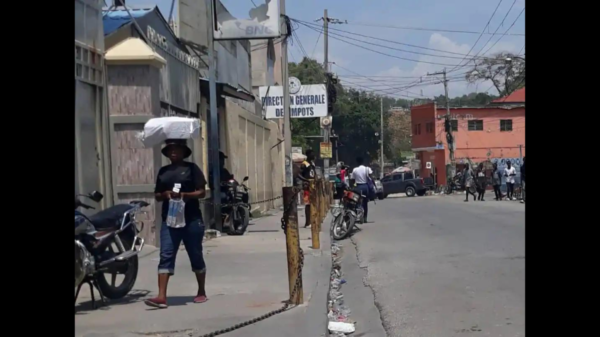
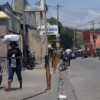


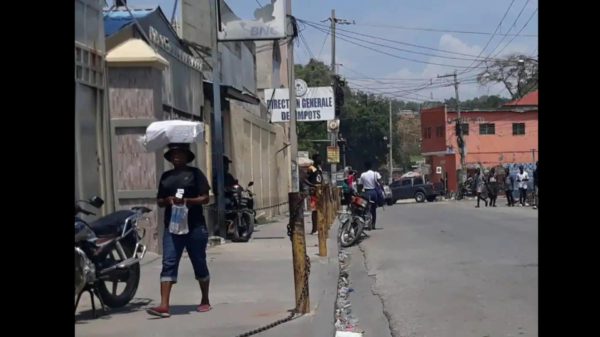
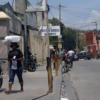
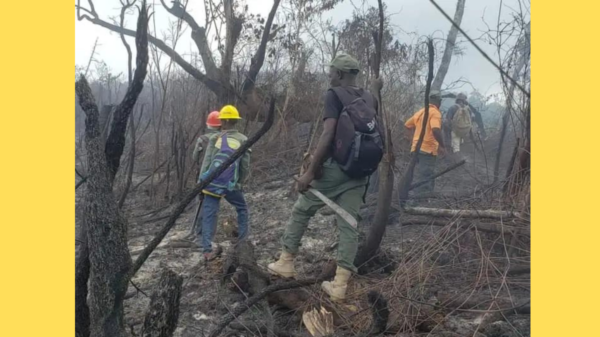
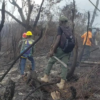
You must be logged in to post a comment Login